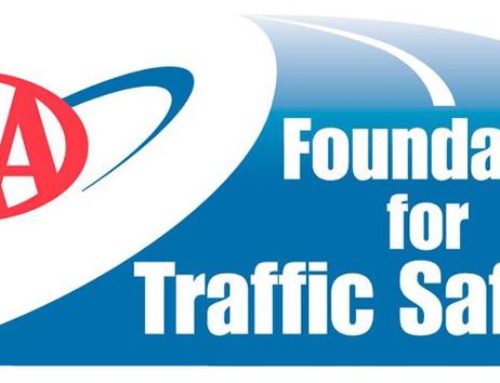The arrests of high-profile celebrities such as Paris Hilton, Nicole Richie, and Lindsey Lohan have led researchers to launch a study pertaining to DUI crashes and young female drivers.
The increase in DUI accidents for this demographic, is largely attributed to the marketing tactics of the alcohol industry and more women driving more miles.
According to his study, the number of young female drivers involved in serious substance-related crashes, including those in San Diego County, has risen steeply in California since 1998. Bloch said that in San Diego County, intoxicated female drivers between ages 21 and 24 saw the largest increase in fatal and injury crashes, 110 crashes in 2007, up from 49 in 1998, a 124 percent increase. San Diego County women between ages 18 and 20 were involved in 100 such crashes, double the number in 1998, he said.
“I was pretty surprised at the magnitude of the increase,” said Bloch, who used 10 years of data from the California Highway Patrol for the study.
Bloch stresses that men are still involved in a majority of substance-related crashes. Federal statistics show that males more than twice as likely to be involved in fatal crashes in comparison to females involving a BAC of 0.08 or greater. Though men may be involved in more alcohol-related crashes than women, their involvement in serious crashes is not increasing as significantly as women in certain age groups, Bloch said.
Factors contributing to the increases include a greater number of women driving, women driving more miles and women driving more aggressively, he said.
Bloch also believes that young women are being largely targeted in the alcohol industry. Fruity flavored “sweet drinks” are more exclusively marketed than in the past and the fashion in which they are advertised.
According to Susan Bower, director of the county’s Alcohol and Drug Services, for the past three fiscal years, women ages 18 to 29 have accounted for approximately half of all enrolled women in the county, Bower said.
In 2004, women accounted for 20 percent of OHS clients, said director of operations Teri Kerns. by 2008, 29 percent of its clients were women, Kerns said.
“In just four years, it went up almost 10 percent,” she said.
Kerns said education can play a lead role in reducing impaired driving among young women and other drivers.






